

Madeleine Nyiratuza is no ordinary woman. She has been tasked with one of the hardest roles in Rwanda. Nyiratuza is saving the few chimpanzees left in this world by conserving the Gishwati forest in her home country.
As the program coordinator for the Gishwati Conservation Project, Madeleine Nyiratuza’s biggest task is barring the subsistence farmers who border the Chimpanzee Conservation from entry into the forest. The farmers have families to feed and it is their opinion that their survival is far more important than that of the chimpanzees. As such, the conservation has established border control and set up a thirty-mile corridor at the Nyungwe National Park for the chimpanzees to safely meet with other protected members of their species.
Rwanda is a mountainous country and most of its volcanic mountains are home to mountain gorillas. The primates draw a lot of tourism revenue to the country. The Volcanoes National Park was Africa’s first National Park and Gishwati was once just a forest corridor that connected Volcanoes Park to the north and Nyungwe Park to the south. After the genocide the area continued to shrink due to human encroachment, and human activity thereby reduced the number of chimpanzees that lived in the mountains. President Paul Kagame then developed a long-term plan that laid the path for the Gishwati Conservation Project. The plan and project were also an effort to show the country’s farmers that they were important to the country.
Prior to accepting the role of Project Coordinator, 33 year-old Nyiratuza was a schoolteacher. Despite having a Degree in Environmental Management and Development from Kampala International University, she knew her job as coordinator would not be easy. She had to have an action plan. She started with a village outreach program dubbed ‘Great Ape Trust/ Gishwati Area Conservation Program’, which targeted the four sectors adjacent to the forest. The plan of action included discussions on sustainable solutions to crop raiding, the formation of a cooperative for farmers with crops on the conservation edge, and persuading the farmers to switch from farming chimpanzee friendly food like corn to foods like potatoes and beans. Nyiratuza then extended her efforts to schools in the surrounding region, where she encouraged children to attend Eco-Tourism Clubs to be educated on the importance of the forest and animals and ways to peacefully co-exist with chimpanzees.
Madeleine Nyiratuza is naturally drawn to the environment. She attained her Bachelor’s Degree in Biology, Geography and Education in 2004 from the Kigali Institute of Education. She taught primary school for two years before teaching Biology at Gisenyi College in Rwanda, where she worked on joint education and environmental projects between Gisenyi College and Hockerill Anglo-European College in the U.K. The conservationist also started the Environment Club, which spearheaded the planting of more than 500 trees in local schools and increased conservation awareness among students. Nyiratuza also designed syllabi to be used to train local teachers on methods of teaching science and technology in her country.
A wearer of many hats, Nyiratuza is one of the founders and the current President of Forest of Hope Association (FHA), a local NGO that works on conserving Gishwati Forest Reserve. She also works with the Wildlife Conservation Society/Rwanda Program as Project Manager for Monitoring Ecosystem Services, Agriculture and Livelihoods in Rwanda.
Nyiratuza has said, “We need trees on those hills, not houses.” She has been trying to convince the local population that without trees Gishwati, which is nicknamed “The Forest of Hope”, will turn into a wasteland unable to support both man and chimpanzees.



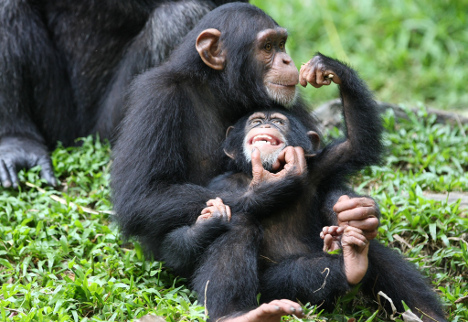
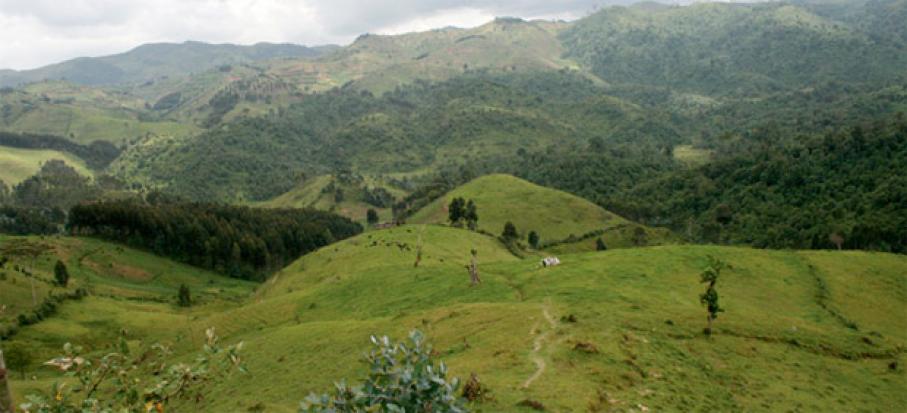
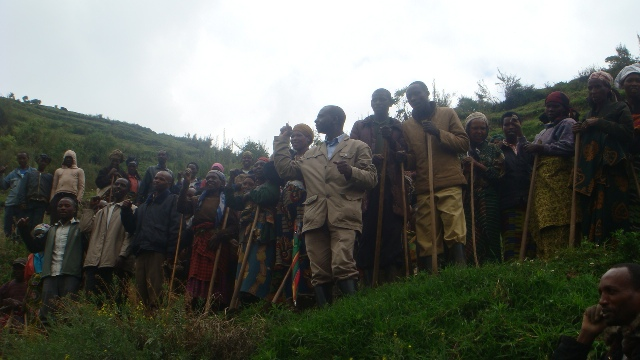
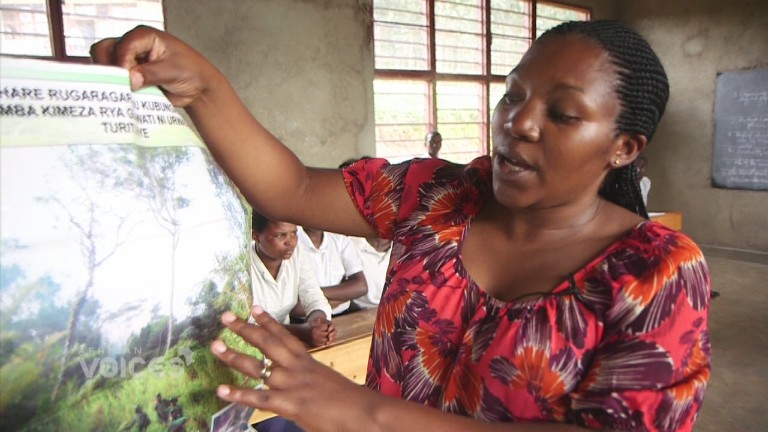
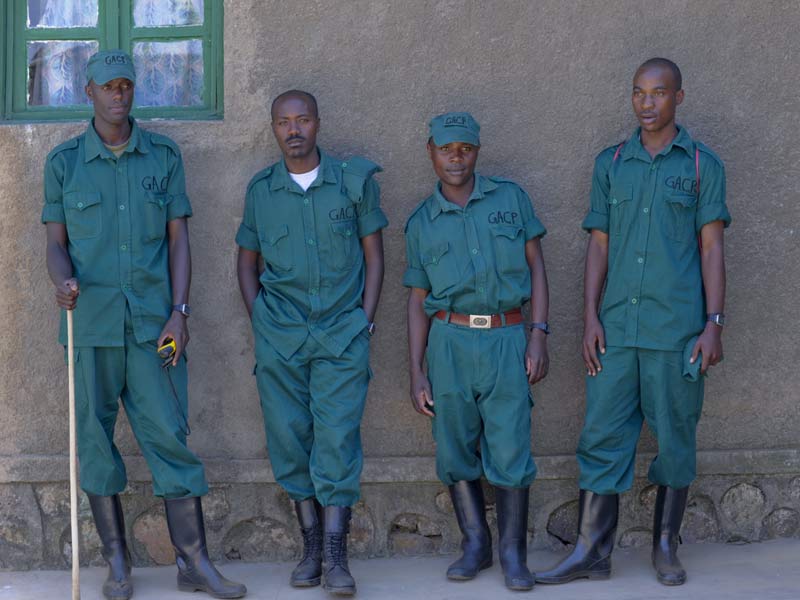

.jpg)





